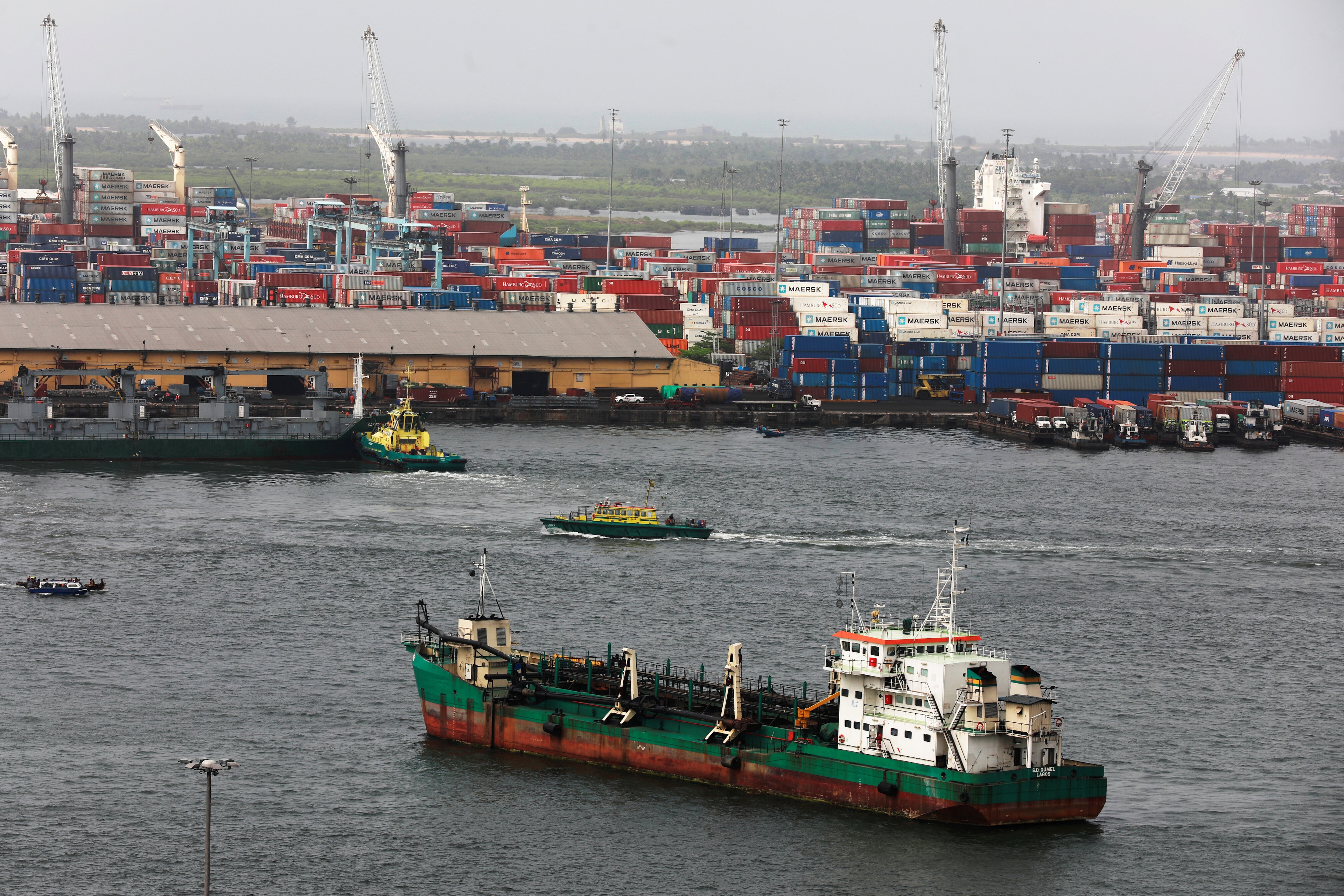How can climate indexes boost green investment?

If average temperatures continue to rise, 420 million people could be exposed to extreme heat waves.
Image: UNSPLASH/Markus Spiske
Stay up to date:
Climate Indicators
- To prevent the damaging effects of climate change, we need to commit to net-zero carbon emissions; investors play a pivotal role in this.
- Climate indexes work to help institutional investors make green choices that are in line with global temperature goals.
- By helping investors make more informed decisions, they can impact a reduction in fossil fuel exposure, capture opportunities and mitigate risk.

A visual guide to 5 types of climate indexes
If average temperatures continue to rise at their current rate:
10% of the world’s economic value could be lost by 2050
A sea level rise of over 8 feet could flood coastal cities
420 million people could be exposed to extreme heat waves
To prevent the worst effects of climate change, climate experts believe we need to drive carbon emissions down to net-zero.
This infographic from MSCI shows five climate indexes that can help align investor portfolios to the goals of the Paris Agreement, mitigate emissions, and reduce fossil fuel exposure.
What is net-zero?
Net-zero targets are a clearly marked pathway for companies to reduce greenhouse gas (GHG) emissions in line with the Paris Agreement.
The Paris Agreement’s goal is to limit global warming to well below 2°C, preferably no more than 1.5°C above pre-industrial levels. Investors have a critical role to play in this transition to net-zero.
5 types of climate indexes
First, here are the key metrics used to assess the environmental profile of indexes:
Carbon emissions: Based on tons of carbon dioxide across all constituents divided by millions of dollars invested in the index (tons CO2e/$M invested).
Carbon intensity: Based on tons of carbon dioxide per $1 million in sales (tons CO2e/$M sales).
Let’s look at five types of climate indexes from MSCI:
1. Climate Paris aligned indexes
Objective: Reduce carbon intensity by 50% compared to benchmark, annual decarbonization of 10%, increase weight in green solutions companies.
The indexes have also shown strong performance on the Climate Value at Risk (Var) metric.
Climate Var provides a forward-looking return-based assessment of how climate change could affect company valuations. For instance, a holder of MSCI ACWI would likely see an erosion of portfolio value by about 14.44% if the world were to decarbonize in line with a 1.5°C warming scenario.
A holder of a Climate Paris Aligned Index, by contrast, would see little to no erosion in value.

*As of May 2021 semi-annual index review
2. Climate change indexes
Objective: Reduce carbon emission intensity by 30% compared to benchmark, annual decarbonization of 7%, increase weight in green opportunity companies.
Green opportunity companies may include green bonds, companies with low carbon patents, or provide exposure to UN Sustainable Development Goals. These are companies which see opportunity from the climate transition.
3. Low carbon target indexes
Objective: Minimize carbon footprint by 50% based on exposure to carbon emissions and fossil fuel reserves.
The carbon footprint covers two key metrics:
Low carbon emissions (relative to sales)
Low potential carbon emissions (per dollar of market capitalization)

4. Fossil fuels exclusion index
Objective: Represent broad market performance while excluding companies that own oil, gas and coal reserves.
What’s the World Economic Forum doing about climate change?
5. Environment indexes
Objective: Select companies that derive at least 50% of their revenues from environmentally beneficial products and services.
The green to fossil fuel-based net revenue exposure compares revenues from green companies in relation to companies with revenues from fossil fuel. This can be used as a metric to assess the shift from fossil fuel-related activities to greener alternatives.

Climate indexes: tools for addressing climate change
As investors integrate climate concerns in their portfolios, they can use indexes from MSCI to help make more informed decisions.
Climate indexes can help investors:
1. Align with global climate goals
2. Capture opportunities
3. Mitigate transition and physical risks
4. Reduce fossil fuel exposure
These climate tools can help investors with future investment strategies—and catalyze change.
Accept our marketing cookies to access this content.
These cookies are currently disabled in your browser.
Don't miss any update on this topic
Create a free account and access your personalized content collection with our latest publications and analyses.
License and Republishing
World Economic Forum articles may be republished in accordance with the Creative Commons Attribution-NonCommercial-NoDerivatives 4.0 International Public License, and in accordance with our Terms of Use.
The views expressed in this article are those of the author alone and not the World Economic Forum.
Forum Stories newsletter
Bringing you weekly curated insights and analysis on the global issues that matter.
More on Climate ActionSee all
Keith Svendsen
September 18, 2025
Eric White and Patrick Verkooijen
September 18, 2025
Eric White and Elia Tziambazis
September 18, 2025
Tom Crowfoot
September 18, 2025









